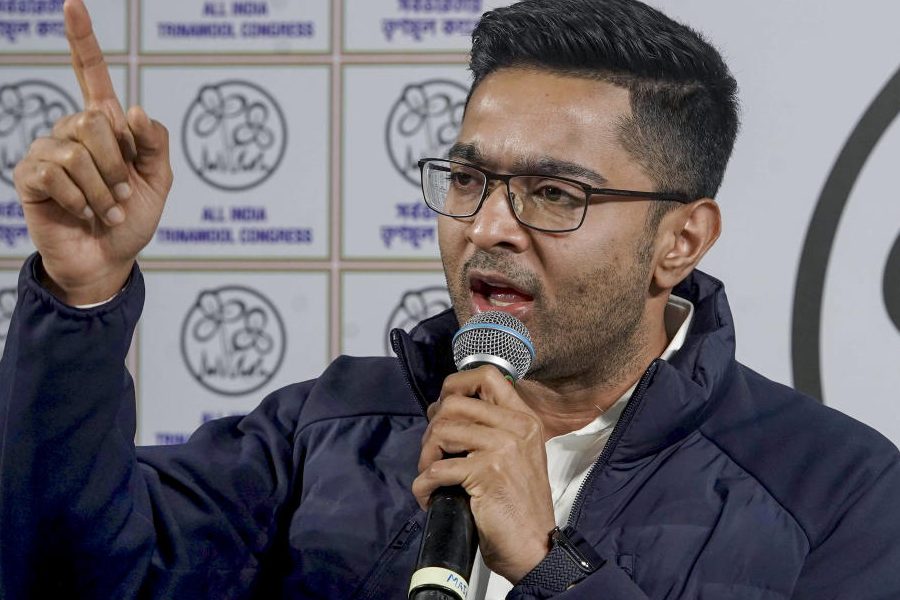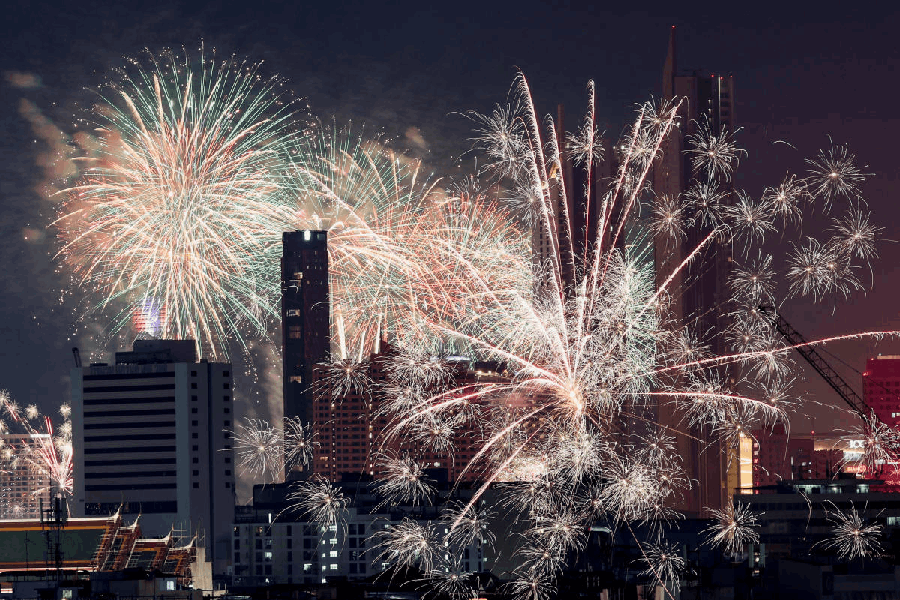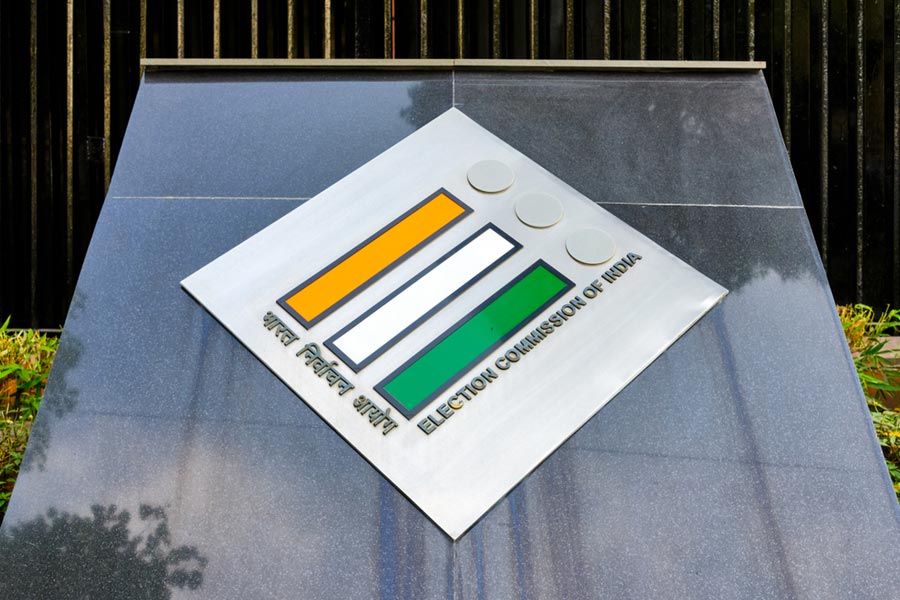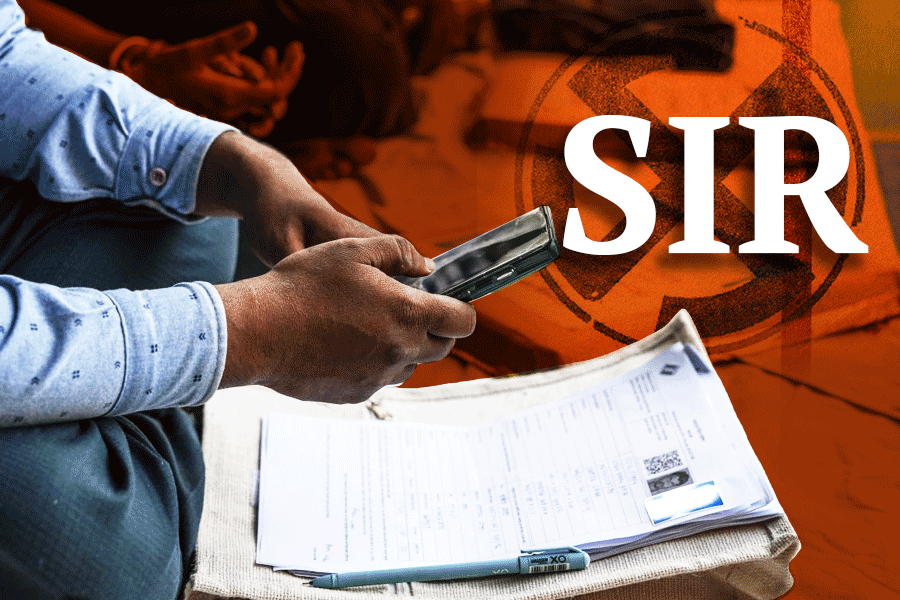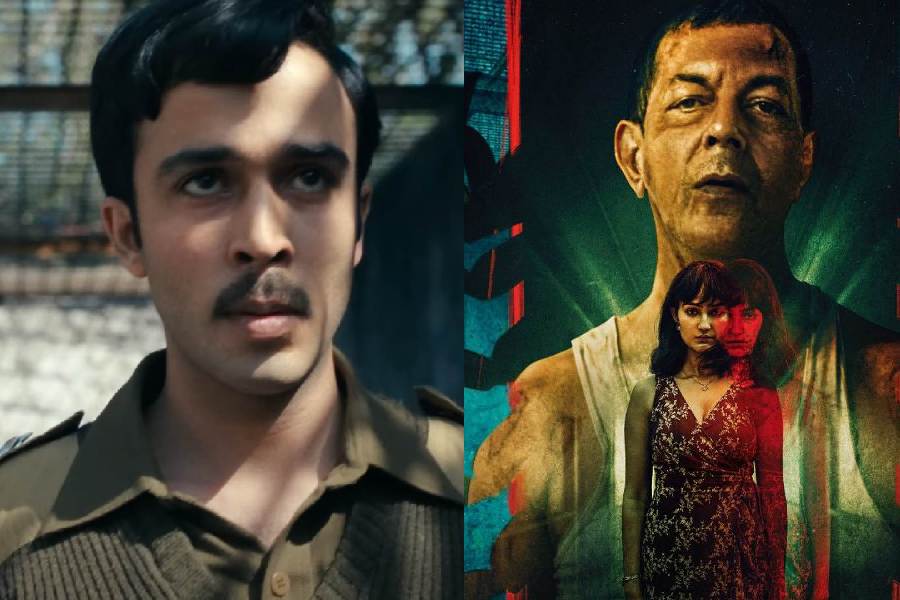 |
| Tushar Kanti Ray has floored audiences and critics alike with his work in Dhobi Ghat Pix: Gajanan Dudhalkar |
 |
Life has moved into fast-forward mode for Tushar Kanti Ray. The 30-year-old cinematographer has wowed cine-goers with his camerawork portraying the city of Mumbai in Kiran Rao’s Dhobi Ghat and also won plaudits from film buffs and critics alike. That’s a terrific start for Ray who’s making his debut in feature films with Dhobi Ghat. He says: “I’d never imagined this kind of response. But I want my camera to tell the story in my future projects.”
Or take a look at Anay Goswami, 33, whose gritty treatment of Rajkumar Gupta’s No One Killed Jessica has won the hearts of movi-egoers. Goswami first came into the limelight when he was roped in by Aparna Sen in The Japanese Wife. However, in No One Killed Jessica his concern was to make the film look realistic. He says: “It required a lot of interior shoots and close-ups. I had to keep in mind that the overall mood of the script was gritty.”
The cameras are rolling for a crop of young cinematographers who are experimenting with the newest techniques and styles. Forget the old-style glossy Bollywood films filmed with picturesque locales as a suitable backdrop to chocolate-box hero and heroines. Today’s cinematographers are turning the lens in a different direction and offering tough and gritty visuals to match varied scripts.
Equally importantly, they are mastering the slew of new technologies to alter the rules of the cinematographer’s game. They are using everything from tiny hand-held cameras that give some scenes a documentary-like feel to using the latest post-production techniques that allow improvements to shots that couldn’t have been dreamt of before.
Says ace cinematographer K.U. Mohanan: “A new generation of cinematographers who are exposed to alternative world cinema are going by the feel of the script and not just presenting picture-postcard visuals. Their skill lies in using new technologies to make it look as real as possible.”
 |
| Kartik Vijay believes that cinematography should never overpower the script and he’s stuck by that in the upcoming Game Pix: Gajanan Dudhalkar |
 |
That willingness to experiment and also be as realistic as possible is evident whenever you watch a movie shot by Sudeep Chatterjee, 42, who’s been the man behind the camera for films like Chak De India!, Dil Bole Hadippa! and Iqbal. Chatterjee also created alluring visuals in Sanjay Leela Bhansali’s Guzaarish.
Says Chatterjee: “The challenge was to bring out the dichotomy of Ethan’s (played by Hrithik Roshan) positive side on one hand and his graceful acceptance of pain on the other. I had to ensure that the film was not too dark and neither too beautiful.”
Right now, Chatterjee’s gearing up for two more big-budget films — a 3-D film Joker directed by Shirish Kunder and Dhoom 3 with Aamir Khan. He’s also shooting a romantic comedy by Ali Zafar called Mere Brother Ki Dulhan with Katrina Kaif and Imran Khan.
The drive for greater realism is evident in almost every movie that makes it to the screen — from big-budget films to smaller ones. Take a look at Yeh Saali Zindagi, a non-formulaic quirky love story directed by Sudhir Mishra with cinematography by Sachin Krishn. Mishra reckons that Krishn’s darkly lit representation of Delhi provided the perfect backdrop for the film’s grim subject matter. Krishn faced an additional challenge shooting in the crowded alleys around Delhi’s Chandni Chowk area.
Says Mishra: “What’s working in favour of cinematographers now is that they’re willing to take risks in terms of camera placements, newer techniques and lighting.”
Krishn’s worked with Mishra in Khoya Khoya Chand and Tera Kya Hoga Johnny and with Vishal Bharadwaj in The Blue Umbrella. He’s now shooting for Prakash Jha’s Aarakshan in Bhopal with Amitabh Bachchan and Saif Ali Khan.
 |
| Anay Goswami’s aim in No One Killed Jessica was to keep the look as real and gritty as the film’s subject |
 |
Filmmakers are now using different techniques to create the aura of realism. Take for instance, Ray who shot Dhobi Ghat mostly in Super 16mm format (a format often used in documentaries). Says Ray: “Kiran was specific that her film should look like a documentary and therefore we used this camera.”
Technology is also creating new possibilities. Krishn even shot a few scenes in Yeh Saali Zindagi with just a Canon 5D still camera with a video facility — impossible to even think about a few years ago. For most of the film he used digital RED cameras.
Other cinematographers have used the Mini DV camcorder liberally — like Ray who used it for several scenes in Dhobi Ghat. And Kartik Vijay, 32, who shot into the limelight with the film Taxi No. 9211 in 2006, used a handycam for several scenes, especially for ones inside the taxi. Also Kartik put his familiarity with technology to use in a different way by extensively using digital tools — the Digital Intermediate — to touch up scenes at the post-production stage.
Adds Mishra: “Today a cinematographer’s skill very much depends on the new technology he is bringing on board.” The cinematographers are, in fact using the new technologies in different ways because the subject matter of the movies now is different. Says Kartik: “Contemporary film-makers are daring to show different subjects. We no longer showcase routine song and dance sequences. So, a cinematographer is using different camera formats to highlight the realism.”
Kartik has also used a variety of formats — 16mm, 35mm, HD and digital stills — in his upcoming film Game, directed by Abhinav Deo and starring Abhishek Bachchan and Kangna Ranaut.
Hand-held shooting, where the camera is held by the operator and not placed on a tripod, as popularised by The Blair Witch Project, is also gaining ground in Indian cinema. Says Ray: “Hand-held cameras are lightweight and suitable for shooting on a short-budget. It makes the scene look unrehearsed.”
 |
| Sachin Krishn captures the essence of Delhi beautifully in Sudhir Mishra’s Yeh Saali Zindagi |
 |
So while Ray has used it extensively in Dhobi Ghat, Chatterjee used it in Chak De India! to bring out the chaotic frame of mind of the hockey players.
The quest for realism can create problems in different ways. For instance, Ray recounts the difficulty in shooting on the crowded streets of Mohammad Ali Road in south Mumbai during Ramzan for Dhobi Ghat. “I had to shoot Aamir Khan in a constantly moving crowd of over 1,000 people. We hid the cameras — two atop a food-stall covered by tarpaulin sheets and two placed on the top of a BEST bus.’’
On the day of the shoot, Aamir came in a car and started walking down the street in a casual blue shirt. The cameras started rolling. “The road was packed but by the time the crowd realised it was Aamir Khan he’d exited the frame,” says Ray.
Chatterjee meanwhile faced an enormous challenge when he had to light up the Olympic Park Stadium in Sydney for the climax of Chak De India!. He says: “I even used helium balloons and industrial cranes to light up the place.”
Kartik, on the other hand, made use of cherry-pickers (hydraulic lifts usually mounted on the back of a large vehicle that take the camera or lights up to a height of 40m or more) while shooting in Istanbul primarily for night shoots in his upcoming film, Game.
Also, complex scenes require completely new solutions. In Game, Kartik took an aerial shot of a boat-chase in Greece with the help of a specially modified 3 axis camera rig which was attached to a helicopter. “The rig helped me cancel off the vibrations given by the chopper during filming,” he says.
 |
| Sudeep Chatterjee’s challenge in Guzaarish was to bring out the dichotomy of the protagonist’s positive outlook on one hand and his acceptance of pain on the other Pix:Gajanan Dudhalkar |
 |
Besides using new formats and technologies, they are also working with newer techniques. For instance, Chatterjee used the de-saturation technique deliberately to bring out the grungy effect in Chak De India!.
De-saturation is a method which drains out colour from a particular scene. “I chose this drained out colour palette to bring out the frustrations of the hockey players,” he says. His experimentation also won him several industry awards for Best Cinematography in 2008 for Chak De India!.
These younger cinematographers all went into the business armed with the right qualifications. So, while Kartik graduated in graphic design and photography from the J.J. School of Art, Mumbai, many of the others are graduates from the Film and Television Institute of India, Pune.
Also, the modern-day cinematographers have plenty of opportunities besides feature films and have done heaps of other work. For instance, Ray made a short film Shor before making his debut in feature films. In fact, Ray has re-shot Shor in a feature film format for Balaji Telefilms and it will be released soon.
Similarly, Goswami’s first short film, Chabiwali Pocket Watch, was shown at several international festivals. At a different level, Krishn, Kartik and Goswami all shoot commercials.
However, there are cardinal rules which every cinematographer needs to follow. Says Chatterjee: “A cinematographer should not forget that at the end of the day it’s the director’s vision which will be seen in the film. But having said that, it’s a creative field. A cinematographer should be imaginative and think about how each and every frame can take the story to the highest level.”


